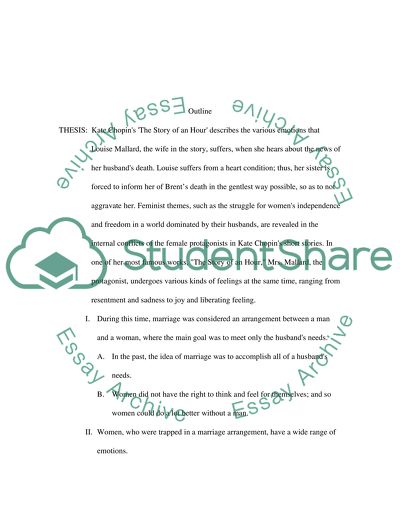Cite this document
(“Ticking Towards Oblivion: The Story of an Hour Research Paper”, n.d.)
Ticking Towards Oblivion: The Story of an Hour Research Paper. Retrieved from https://studentshare.org/literature/1451188-the-story-of-an-hour
Ticking Towards Oblivion: The Story of an Hour Research Paper. Retrieved from https://studentshare.org/literature/1451188-the-story-of-an-hour
(Ticking Towards Oblivion: The Story of an Hour Research Paper)
Ticking Towards Oblivion: The Story of an Hour Research Paper. https://studentshare.org/literature/1451188-the-story-of-an-hour.
Ticking Towards Oblivion: The Story of an Hour Research Paper. https://studentshare.org/literature/1451188-the-story-of-an-hour.
“Ticking Towards Oblivion: The Story of an Hour Research Paper”, n.d. https://studentshare.org/literature/1451188-the-story-of-an-hour.


